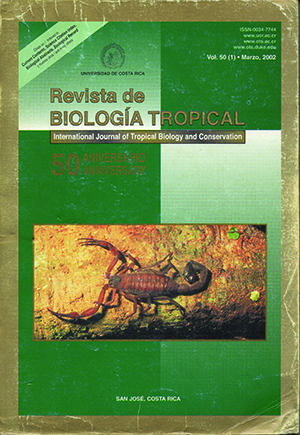Abstract
Most of the research about viral interactions with human chromosomes was done during the sixties and early seventies and very few was performed after the human immunodeficiency virus (HIV) appearance as an epidemic in the eighties. The objective of this work was to estimate if particular chromosomal changes follow the infection of homosexual males by HIV and to determine if the lifestyle, habits, sexual practices, of our sample of male homosexuals predisposes them to chromosomal abnormalities at a higher rate than the background level of cytogenetic damage the general population has. This was a double blinded case-control study, 17 individuals positive for HIV antibodies (HIV+) detected by enzyme-linked immunosorbent assay (ELISA) and confirmed by western blot (WB) were the cases, and 17 individuals negative for HIV antibodies (HIV-) the controls. These men were a very homogeneous population in terms of age, social status, lifestyles, drug abuse, sexual practices and education. Blood was collected between September 1988 and October 1989. Fresh whole blood was cultured in duplicate for 72 hr. Cell harvest followed conventional methods. Once all cell cultures were gathered, the tubes were picked up at random and air dried chromosome preparations were trypsin-giemsa banded (GTG) after overnight incubation at 60Cº. The percentage of gaps and breaks these men had was not different from the reported for the general population, nor were there significant difference among both groups (O.R. = 1.8) in terms of amount of chromosomal fragility. The distinction among them was at the level of the specific chromosomal sites where the gaps and breaks located, being sites at 2p21 and at 3p21 four times more frequent among HIV+. These probably represent viral modification sites on chromosomes which are known to look like non-staining gaps which are caused by the virus or viral products. This presumption is supported by an earlier report of repeated breaks at 3p21.1 , in fact this was the most common lesion site in this study of chromosomal aberrations of male homosexuals and the authors even considered the probability of “a new type of chromosome marker” . Furthermore, years later the CKR5 structural gene was mapped to human chromosome 3p21. This gene codes for the chemokine receptor 5 (CKR5) protein which serves as a secondary receptor on CD4+ T lymphocytes for certain strains of HIV-1. It is possible that this gene was being transcribed in HIV+ men and the consequent “staggering” of DNA contributed to the production of gaps and breaks at 3p21.Comments

This work is licensed under a Creative Commons Attribution 4.0 International License.
Copyright (c) 2002 Revista de Biología Tropical
Downloads
Download data is not yet available.


